Calle Carabobo, Maracaibo, Venezuela.
On September 8th, the city of Maracaibo celebrated its 496th anniversary since its founding.
Their architecture was colonial before entering modernity. But today I'm showing you what the houses looked like, since they're not what they look like today. Modernity is constantly changing.
It is for this reason that I wanted to bring a bit of our city's history to make it known.
In 1970, the architecture was remodeled; all the houses that were built of asbestos and had tile roofs were demolished to build more modern ones.
It was decided to leave several of these streets, and they became part of the heritage of the Zulia State and are considered an architectural and cultural treasure.
Its characteristic elongated windows and double-leaf doors are repeated from one house to another.
If you want to know what the city's architecture was like, you can walk down this street. Its houses are inhabited and preserved, both inside and out, as they were originally from the beginning.
As a historic site, there are evening musical activities where you can listen to a group of bagpipe players, our world-renowned regional music.
I hope you enjoyed the tour along Carabobo Street with its impressive colors.
El pasado 8 de Septiembre la ciudad de Maracaibo cumplió 496 años de su fundación.
Su arquitectura era de casas Coloniales antes de entrar en la modernidad. Pero hoy les traigo como lucían las casas ya que no es como hoy en día se muestran. La modernidad está en constantes cambios.
Es por esta razón que he querido traer un poco de la historia de nuestra ciudad para dárselas a conocer.
En 1970 se remodeló la arquitectura, se demolieron todas las casas que estaban construidas de asbesto y con techos de teja, para construir casas más modernas.
Se decidió dejar varias de estas calles y se convirtieron en patrimonio del Estado Zulia y se considera un tesoro arquitectónico y cultural.
Sus característicos ventanales alargados y sus puertas de dos hojas se repiten entre una y otra casa.
Si quieres saber cómo era la arquitectura de la ciudad puedes pasar por esta calle, sus casas están habitadas y conservadas por fuera y por dentro como eran originalmente desde un principio.
Como sitio histórico por las noches hay actividades de música donde pueden escuchar algún grupo de gaitas, nuestra música regional muy conocida mundialmente.
Espero hayan disfrutado del recorrido por la Calle Carabobo con su impresionante colorido.
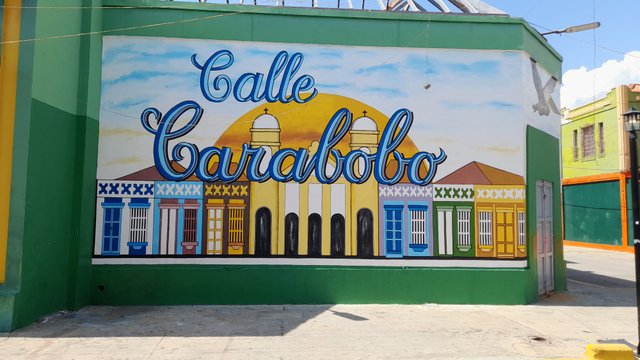
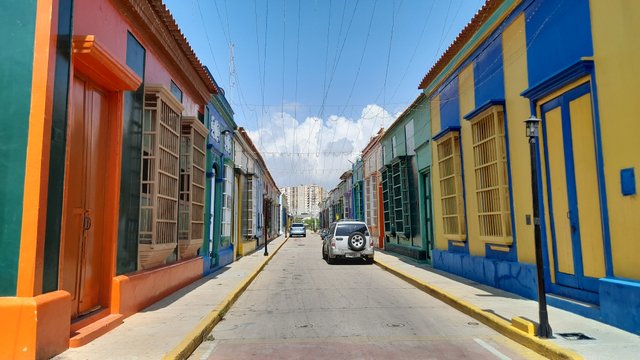

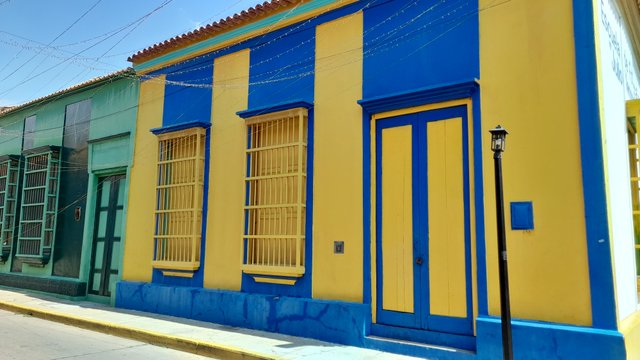
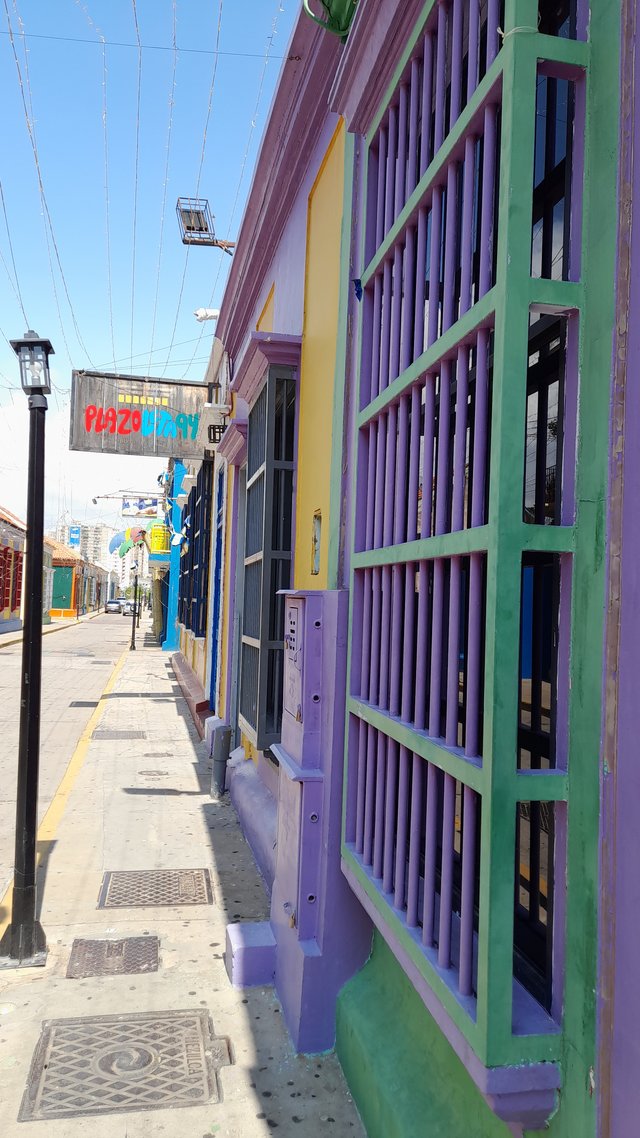
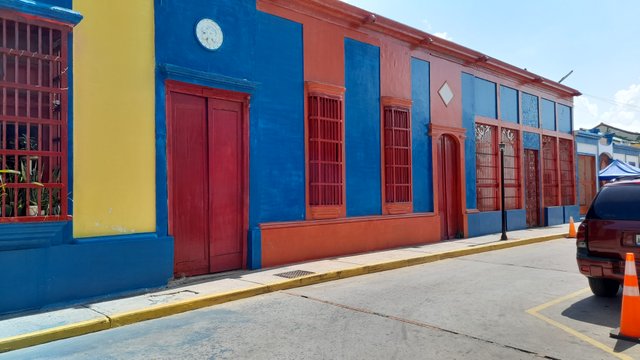
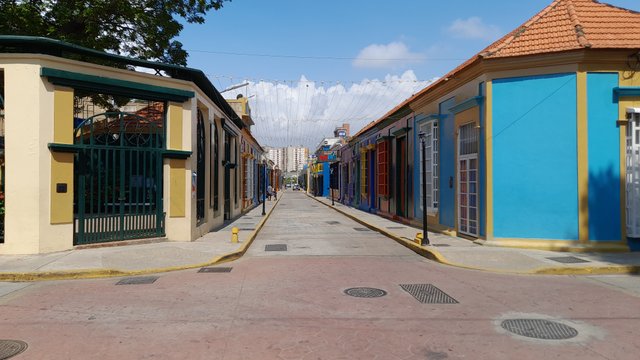
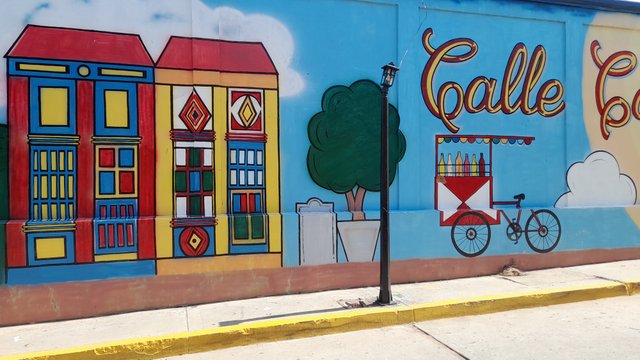

//:# (!steematlas 10.6430628 lat -71.60835028 long //:# (!steematlas 10.6430628 lat -71.60835028 long d3scr) d3scr)
A lively review and the colorful photos immediately draw attention.
You say the houses are preserved just as they were in the past, but I wonder if those colors on the facades (which I like) were the colors used back then?
I was happy to learn something about Venezuela that I haven't had the chance to see yet.
$upvote45%
Thank you for your interest in my city's culture. Yes, the colors have always been vibrant and varied on a single facade; the window bars and double-leaf doors are made of wood. Thank you for comment my post.